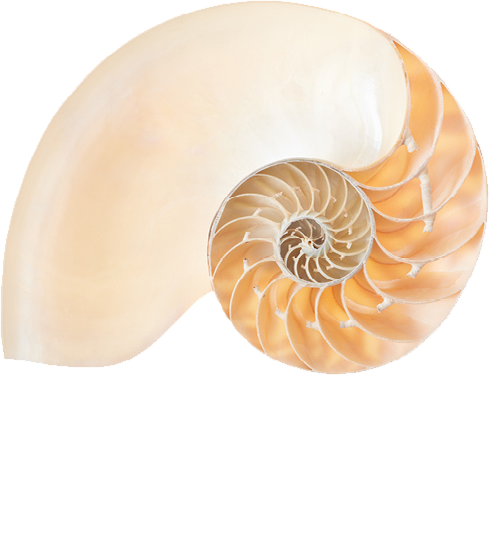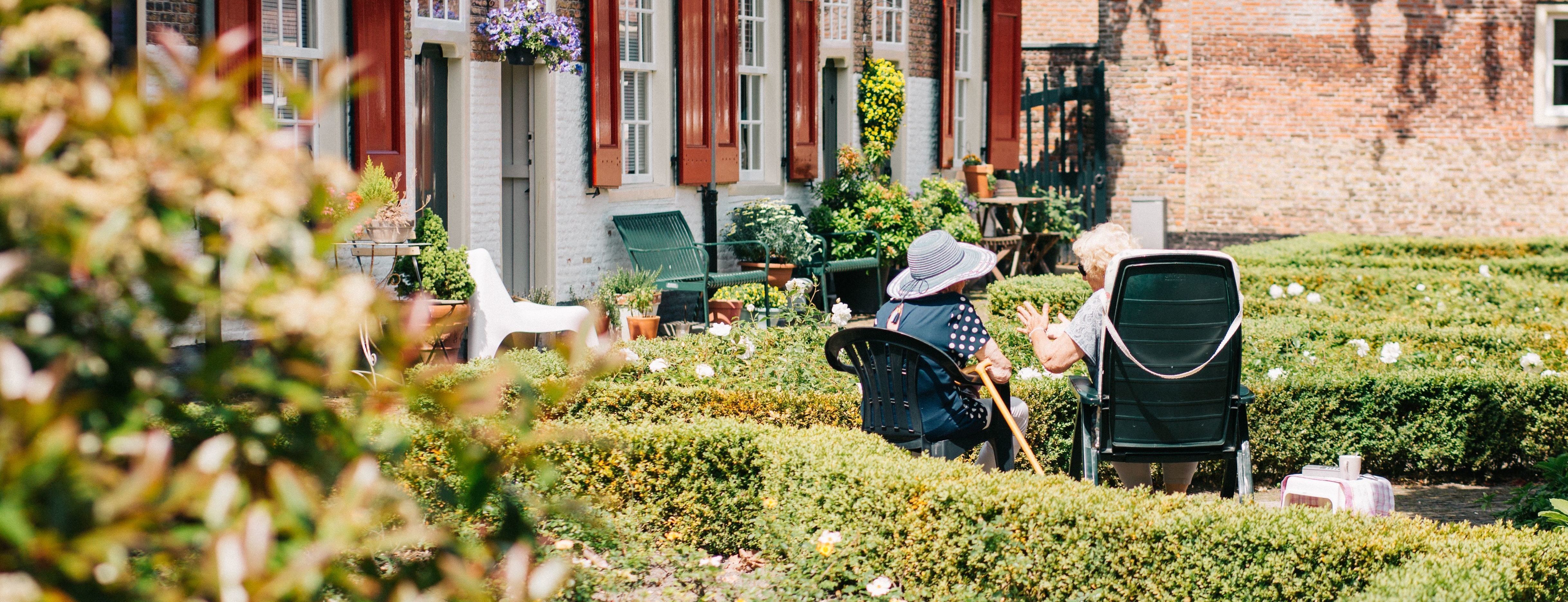As we age, changes in vision, hearing loss and mobility will determine what we need to enjoy our remaining years.
The Center of Design for an Aging Society has identified environmental solutions that will help us to maximize our abilities and allow us to live and act as young as we still feel.

